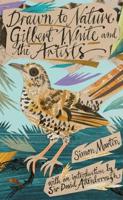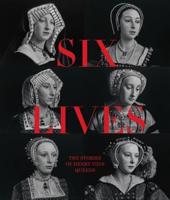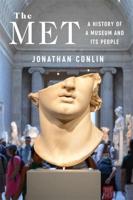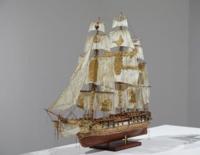Publisher's Synopsis
Richly illustrated and engagingly written, this publication examines how the pioneer of French classicism brought dance to bear on every aspect of his artistic production.
Scenes of tripping maenads and skipping maidens, Nicolas Poussin's dancing pictures, painted in the 1620s and 1630s, helped him formulate a new style. This style would make him the model for three centuries of artists in the French classical tradition, from Jacques-Louis David and Edgar Degas to Paul Cézanne and Pablo Picasso.
Poussin and the Dance, the first published study devoted to this theme, situates the artist in seventeenth-century Rome, a city rich with the ancient sculptures and Renaissance paintings that informed his dancing pictures. Tracing the motif of dance through his early Roman production, this book examines how these works helped their maker confront the problem of arresting motion, explore the expressive potential of the body, and devise new methods of composition. The essays investigate how dance informed nearly every aspect of Poussin's artistic production, notably through his use of wax figurines to choreograph the compositions he drew and painted. This publication also considers Poussin's dancing pictures within a broader context of seventeenth-century European culture, collecting, and patronage.
This volume is published to accompany an exhibition on view at the National Gallery, London from October 9, 2021, to January 2, 2022 and at the J. Paul Getty Museum at the Getty Center from February 15 to May 8, 2022.








